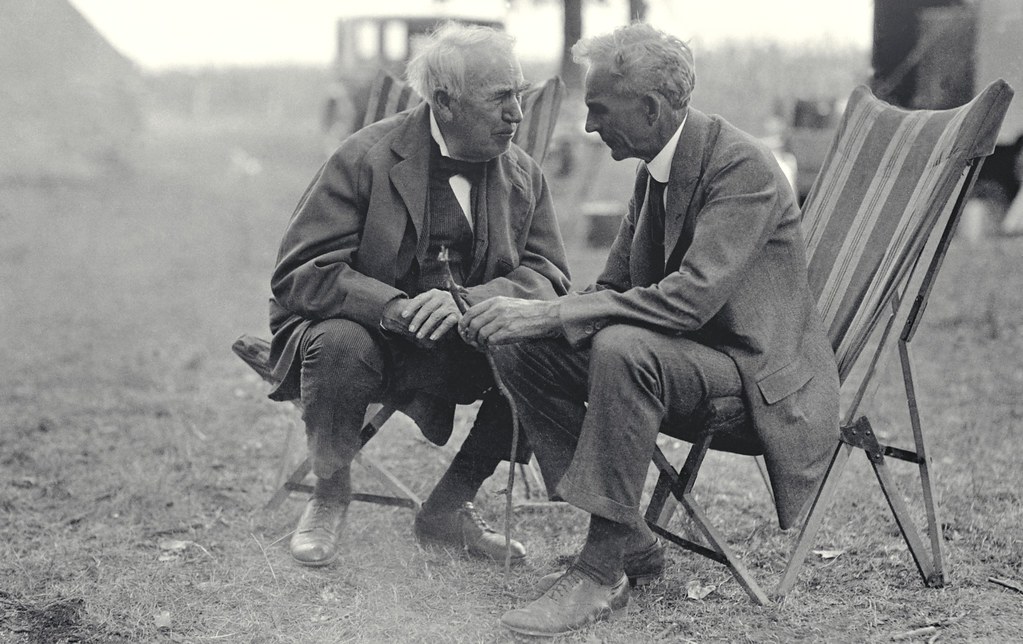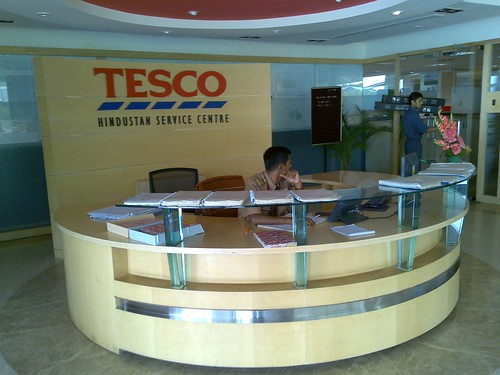-
Disney Buys $7M in Reforestation Offsets, a Corporate Record
Walt Disney Corp., by donating about $7 million to various conservation programs, aims to offset a portion of its emissions. Some are calling the move by Disney the biggest single corporate investment in forest carbon offsets to date.
The move is part of Disney’s effort to use “high quality offsets” to attain a net-zero emissions status, reports Reuters.”
-
“decreased snowpack and increased lightning strikes are going to cause wildfire flare ups in Yosemite National Park:
According to research published in the International Journal of Wildland Fire, Yosemite is likely to see about a 20% increase in both the number of fires and the area of land which burns at high intensity, from 2020-2049. “
-
EPRI’s Erfan Ibrahim: 5 Myths About the Smart Grid Buildout
Speaking at The Networked Grid conference Erfan Ibrahim — who heads EPRI’s work on communications, systems management and cyber security for the smart grid — dished out a sort of grab bag of opinions on a range of hot smart grid topics. Here are five myths, misunderstandings and truths he raised about how the smart grid should be rolled out…
-
UN: Developed countries need to cut gas emissions by 25-40 per cent
“UN Secretary-General Ban Ki-moon called on developed countries to cut greenhouse gas emissions by 25 to 40 per cent in an address to the Greek parliament Thursday. With just over a month remaining before a key UN climate change conference in Copenhagen, Ban urged leading nations to unite on accord that is “comprehensive, equitable, balanced and binding” at the December 7-18 talks.
Climate change negotiations are currently underway in Barcelona, Spain ahead of the Copenhagen conference.
At an international conference on immigration in Athens on Wednesday, Ban said a deal is also needed at the Copenhagen conference in order to curb environmental refugees.
“We are in a critical period…populations will relocate due to more extreme weather including prolonged droughts, intensive storms and wildfires,” Ban said, citing the rising migration numbers in Africa due to desertification and in Asia because of flooding.”
-
Walmart to Outfit 650 New and Renovated Stores With LEDs
Walmart, said it will use light emitting diode lights from Cree in new stores and retrofitted ones. In the first year, that will come to 650 stores alone.
The stores will replace ceramic metal halide lights, those honkers you see in the ceiling of big box retailers. The Cree bulbs will emit the same amount of light as a 70-watt bulb but use 82% less power.
-
Smart Grid: American Industry Getting a $155 Million Energy Efficiency Upgrade
“A total of $155 million in Recovery Act money will be awarded to 41 industrial energy efficiency projects throughout the country. The DOE grant awards will provide funding for industrial heat and power systems, district energy systems for industrial plants and for technical and financial support for local industry. “
-
“Microsoft and Intel engineers were able to reduce power usage of a Windows 7 laptop nearly 20 percent over an identical laptop running Windows Vista SP2.”
Posted from Diigo. The rest of my favorite links are here.



